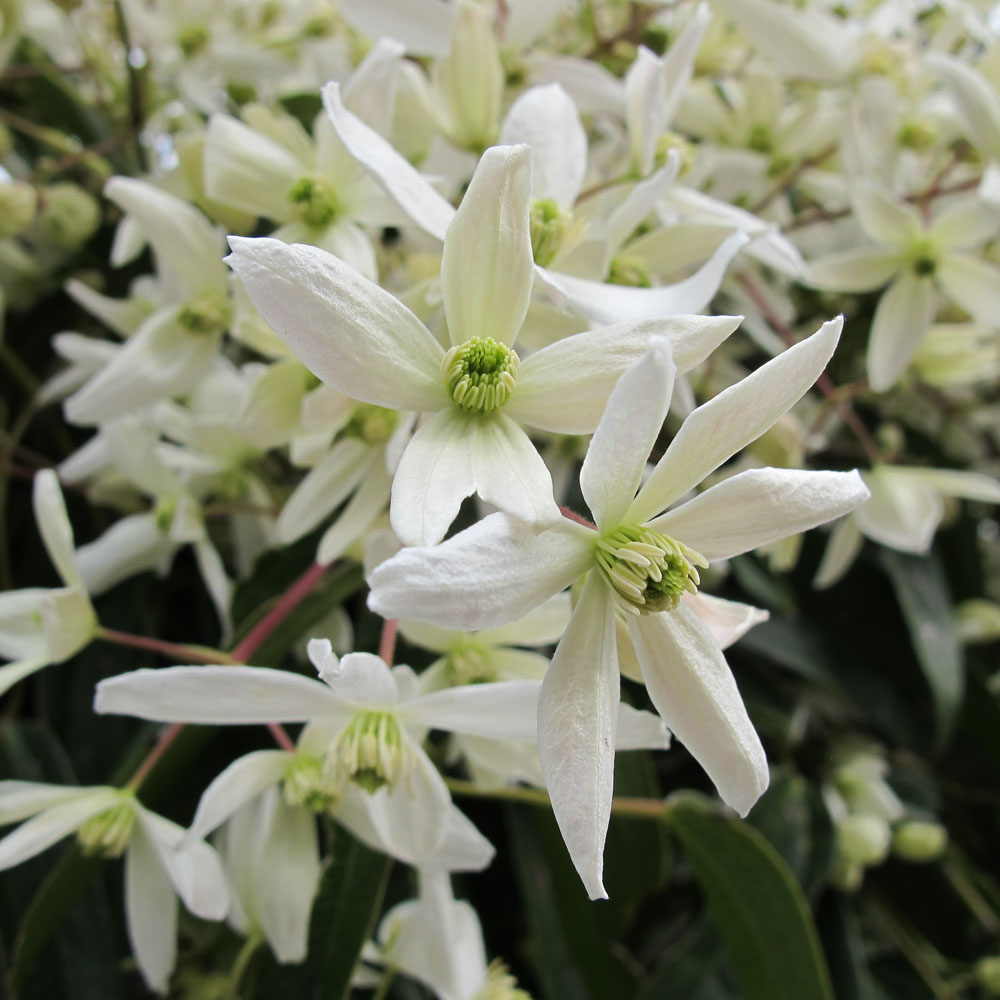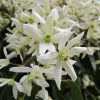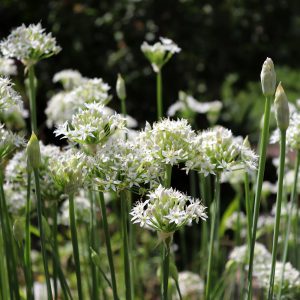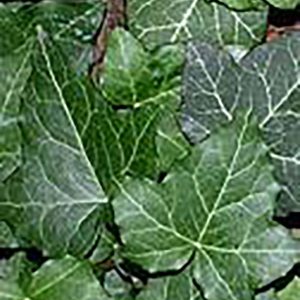Description
Clematis is a genus of beautiful and popular climbing vines that are native to many parts of the world, including Europe, North America, and Asia. These plants are prized for their showy, often fragrant flowers that range in colour from white to pink, red, purple, and blue. Clematis can be trained to climb up trellises, walls, and fences, and can also be grown as a ground cover. The flowers of clematis are typically quite large, with many cultivars boasting flower diameters of up to 20cm. These plants are available in a wide range of varieties, with different growth habits, flower types, and blooming seasons. Clematis requires well-draining soil and prefers full sun to partial shade, depending on the cultivar. With proper care and pruning, clematis can be a long-lived and beautiful addition to any UK garden.
Key Facts
- Common Name(s):Armand Clematis
- Hardiness:Fully hardy through most of the UK
- How big will I get? Clematis armandii can grow to a height of 5m and a spread of 3m.
- Did You Know That:There are Spring, Summer, Autumn and Winter flowering varieties of Clematis.
Plant Calendar
A rough guide to how this plant will change through the year.
| Jan | Feb | Mar | Apr | May | June | July | Aug | Sept | Oct | Nov | Dec | |
| Flowering Time | 
| 
| ||||||||||
| Foliage Colour |  |
 |
 |
 |
 |
 |
 |
 |
 |
 |
 |
 |
| J | F | M | A | M | J | J | A | S | O | N | D |

| 
| ||||||||||
 |
 |
 |
 |
 |
 |
 |
 |
 |
 |
 |
 |
Care Guide

Soil Requirements
Clematis armandii prefers soil with good drainage and does not tolerate standing water. This plant can grow in soil with a wide range of pH levels, it is not picky about the pH level of the soil.

Best Position
Clematis armandii prefers a sheltered position and requires full sun to thrive, this consists of more than six hours of direct sunshine per day.

Maintenance
Clematis armandiiis an early flowering clematis which do not require any pruning but if necessary should be pruned after flowering, this is because the flowers are produced on previous years growth so pruning immediately after flowering allows plenty of growth to come through before the end of the growing season. This growth will then produce flowers the following year!

Pest, Diseases and Wildlife
Clematis armandii can have problems with aphids and caterpillars, and it tends not to have problems with diseases. It is considered to be toxic.





